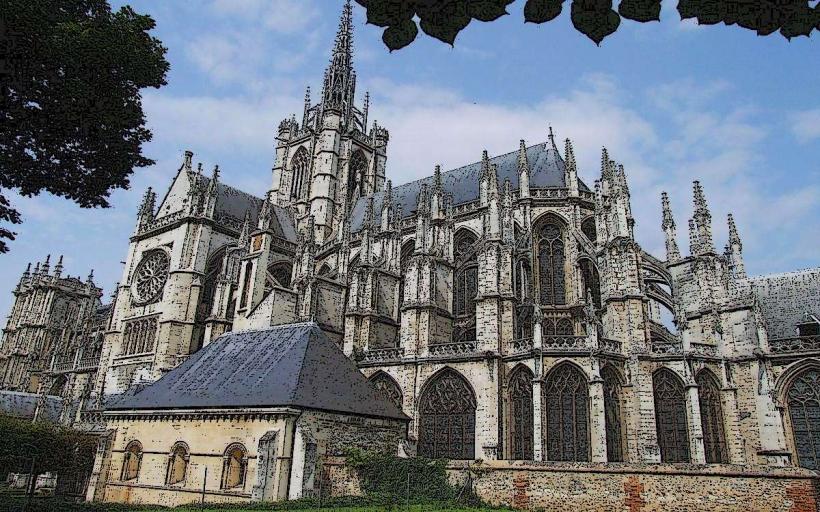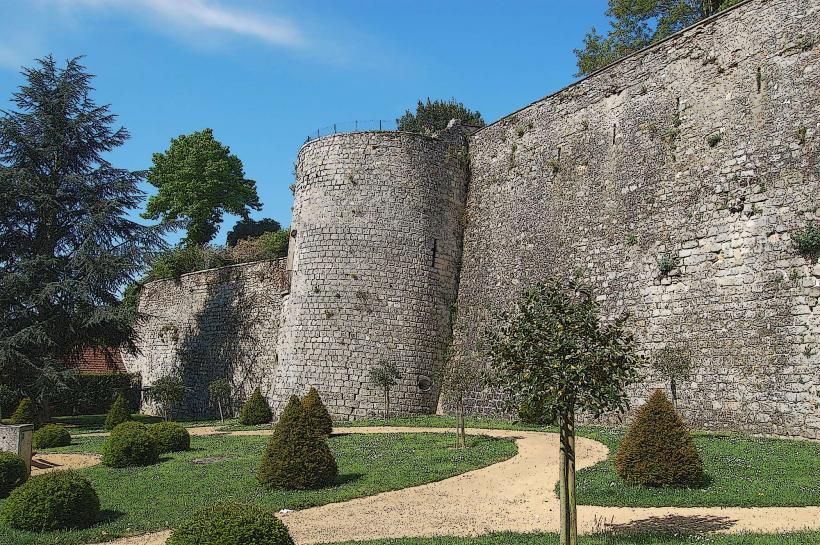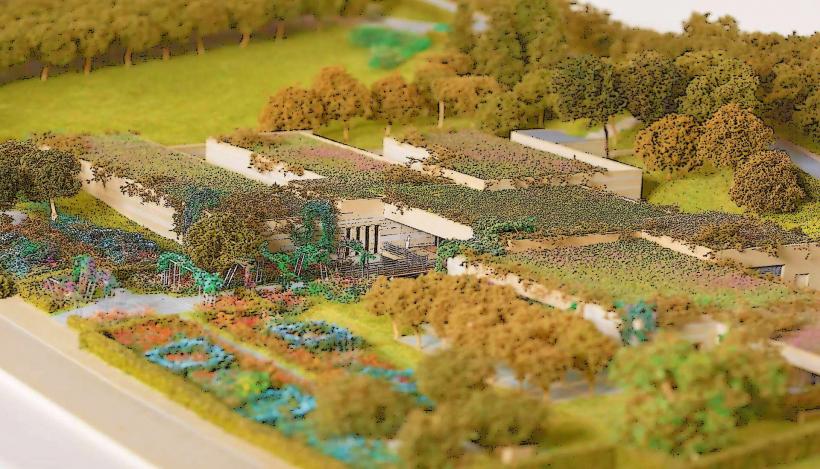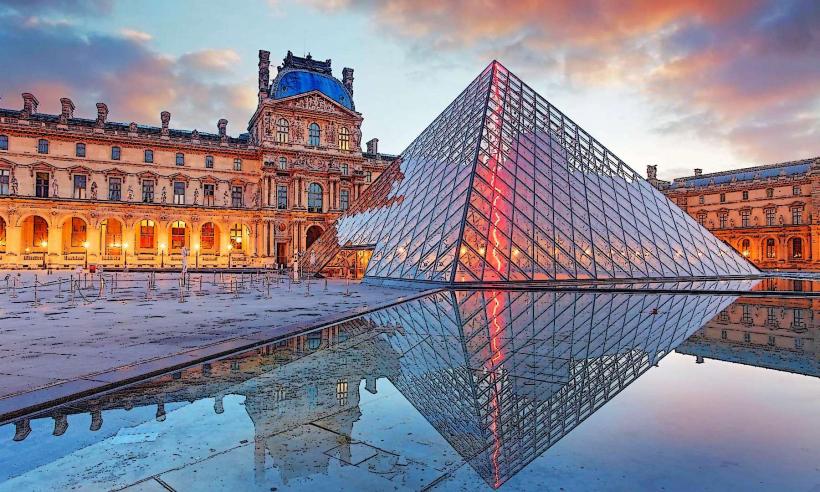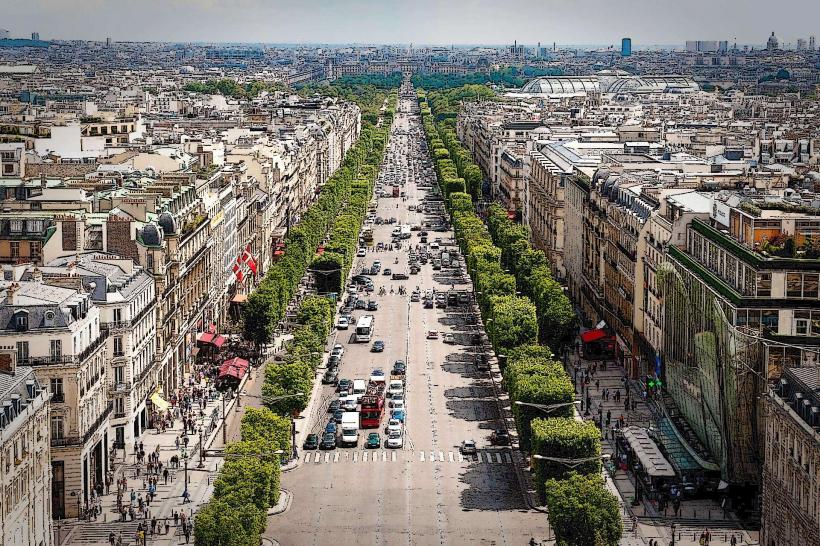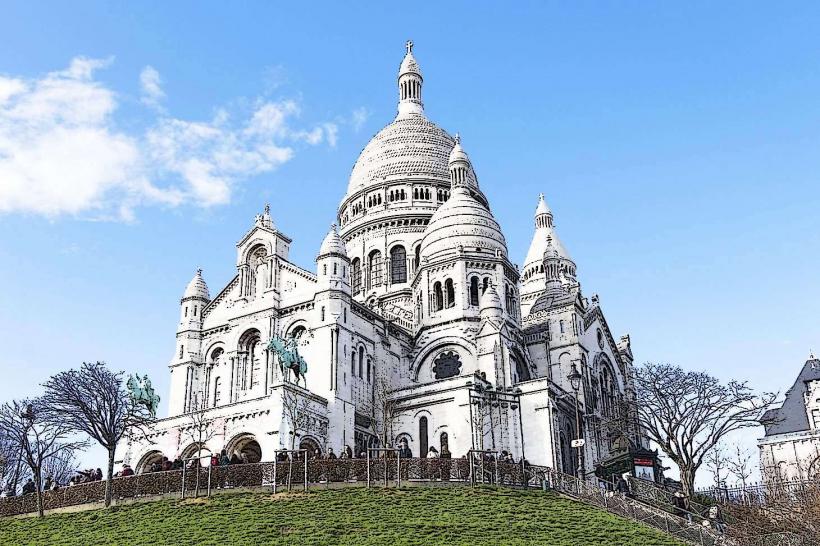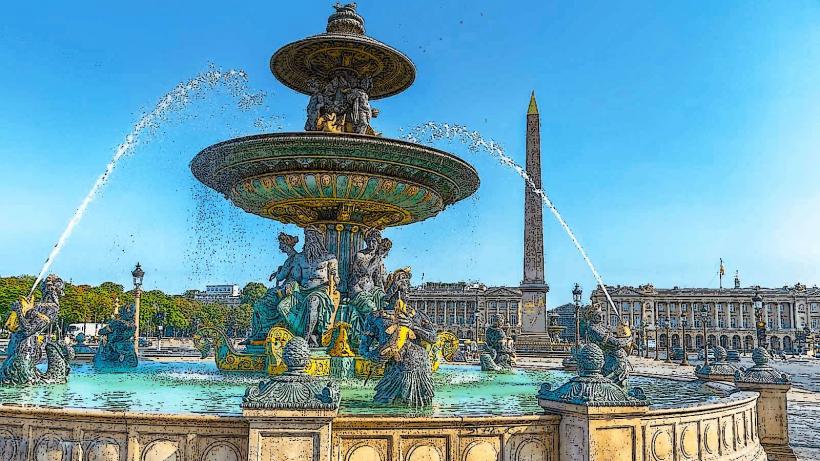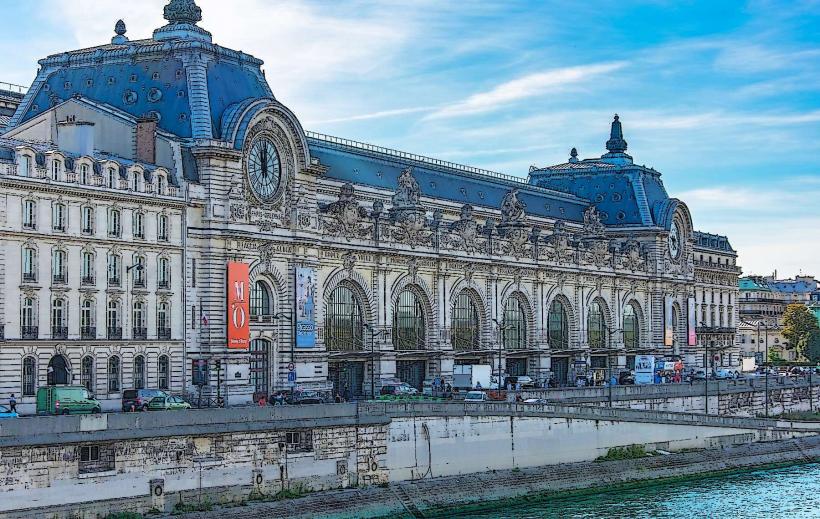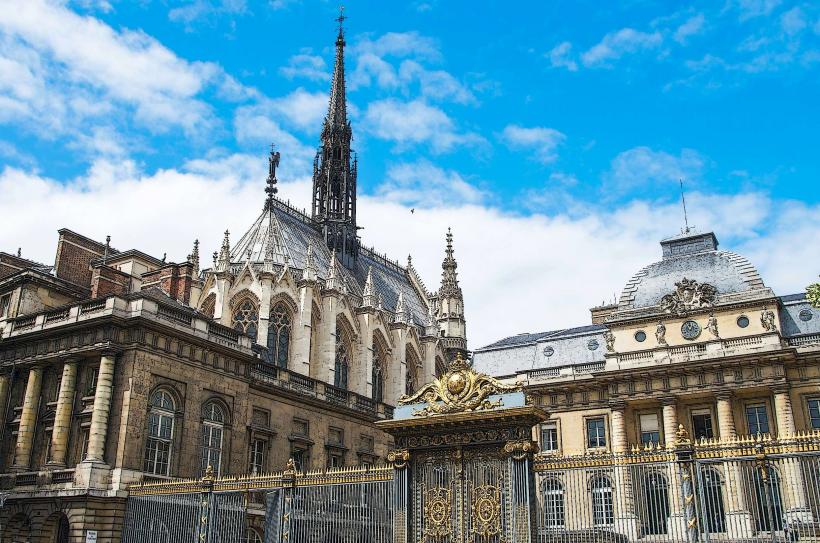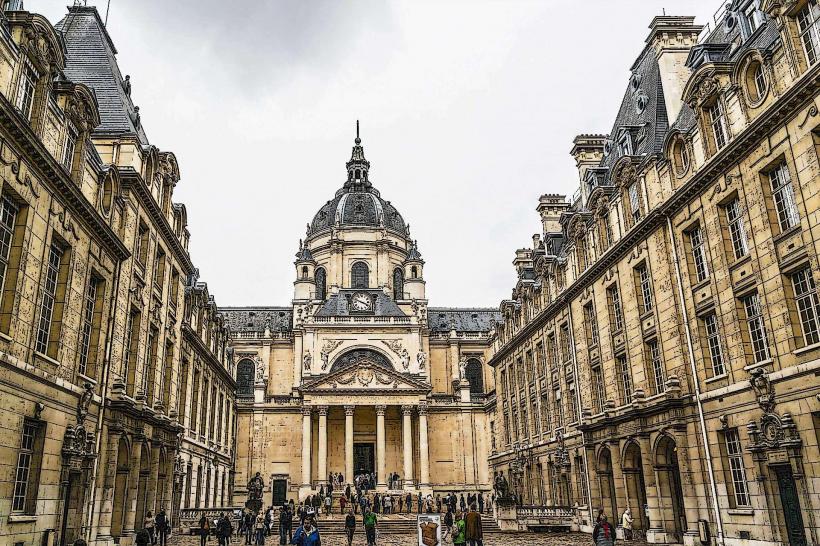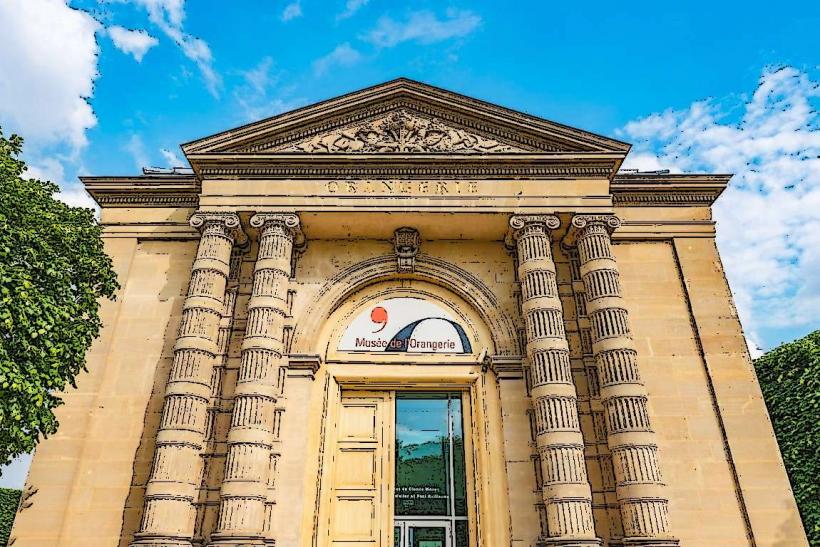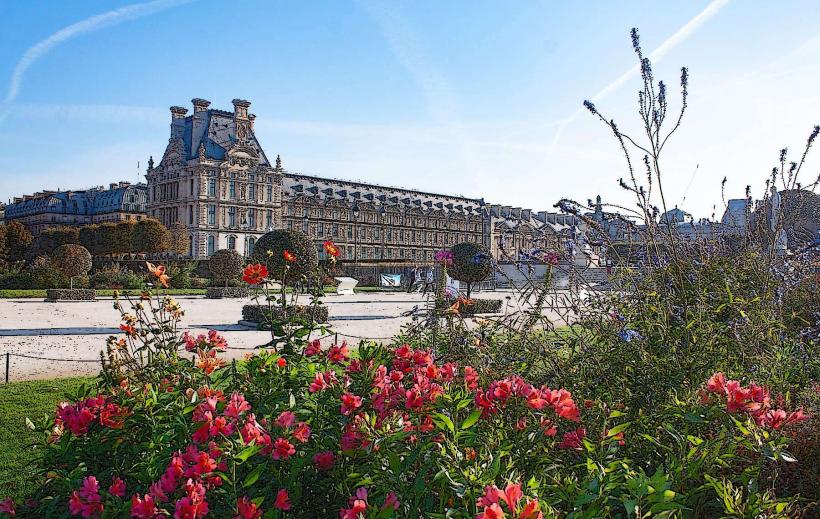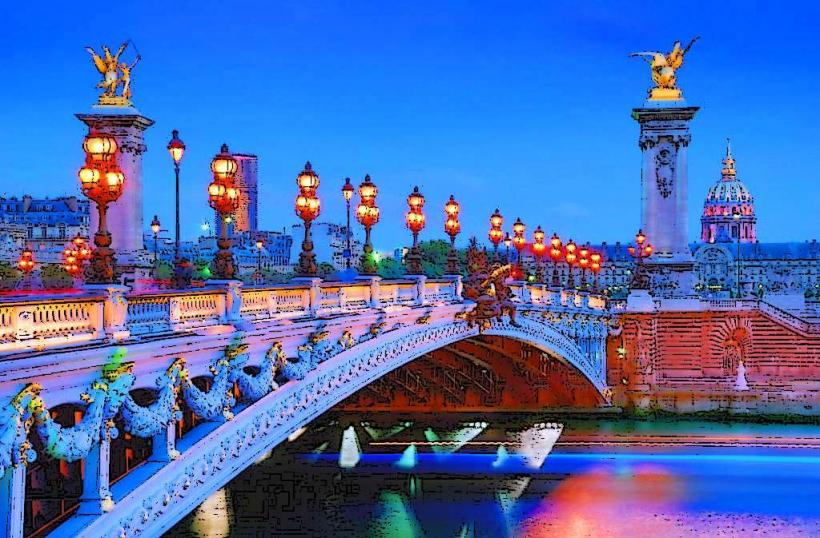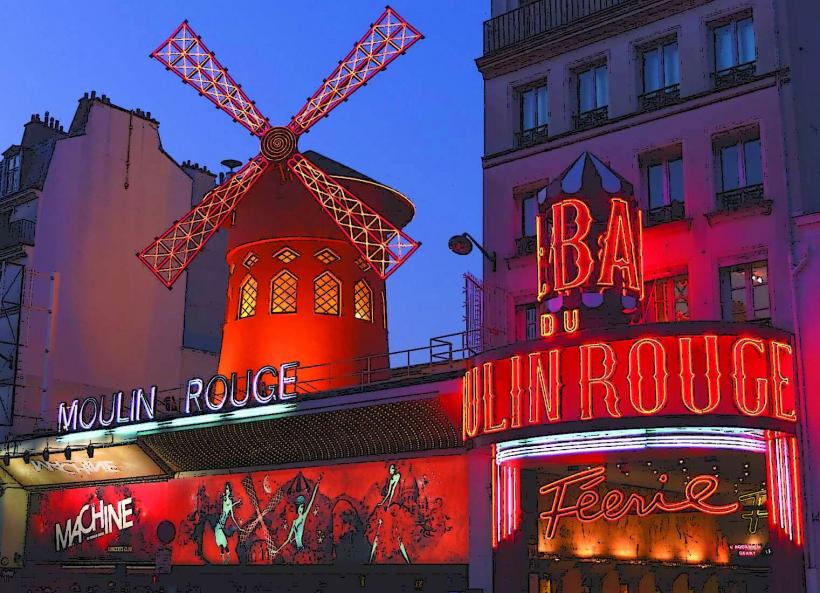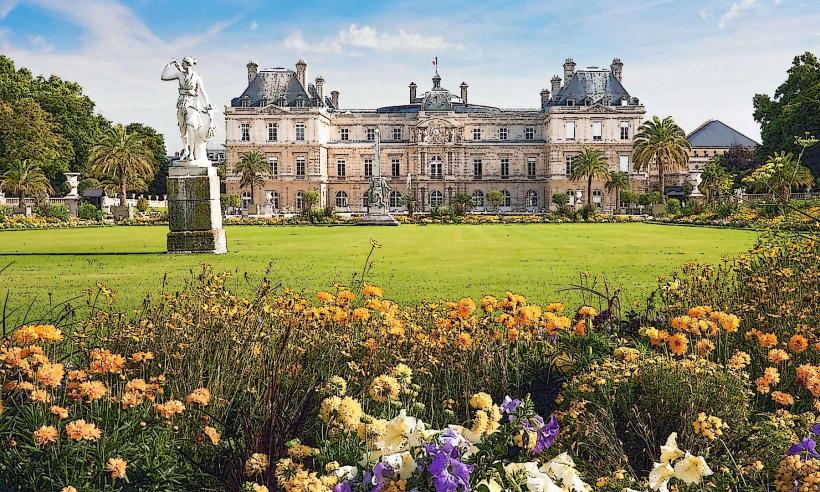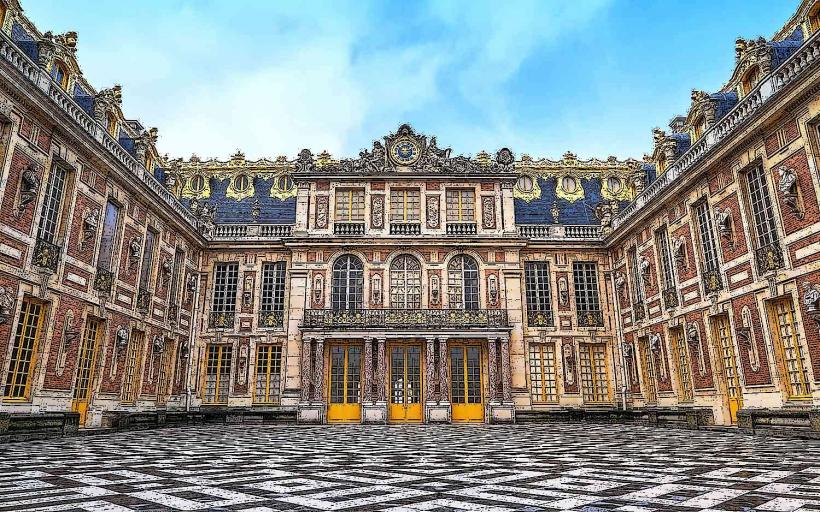Information
Landmark: ConciergerieCity: Paris
Country: France
Continent: Europe
The Conciergerie in Paris is a striking Gothic building with a storied history, situated on the Île de la Cité along the Seine River. Originally part of the Palais de la Cité, a royal residence for French kings from the 10th to the 14th centuries, it later became one of the most infamous prisons of the French Revolution. Today, it serves as both a museum and a national monument, offering visitors a glimpse into France’s medieval and revolutionary history.
1. Historical Background
Royal Beginnings: Built as part of the Palais de la Cité, the Conciergerie began as a luxurious residence for the Capetian kings. In the 13th century, King Louis IX and King Philippe IV (Philip the Fair) expanded and renovated the palace, making it one of the most splendid royal complexes of medieval France. They added grand halls, towers, and the Sainte-Chapelle, which still stands adjacent to the Conciergerie.
Transformation to a Judicial Center and Prison: In the 14th century, the monarchy relocated to the Louvre and the Palace of Versailles, and the Conciergerie took on a new role as a center for law and justice, housing the Parlement of Paris (the main law court). It became a prison in the 14th century, known for holding political prisoners and criminals alike. By the time of the French Revolution, the Conciergerie had become the primary detention facility for those awaiting trial by the Revolutionary Tribunal.
2. The Conciergerie During the French Revolution
The Conciergerie is perhaps best known as the Revolutionary prison where hundreds of individuals accused of opposing the new Republic were imprisoned before their trials.
Marie Antoinette’s Imprisonment: The most famous prisoner was Queen Marie Antoinette, who was held here in 1793 before her trial and eventual execution. Her cell has been restored and transformed into a memorial chapel where visitors can reflect on her final days. This cell is austere, and the chapel includes items symbolizing her imprisonment.
Other Notable Prisoners: The Conciergerie also housed Georges Danton, Maximilien Robespierre, and Charlotte Corday during the Reign of Terror. Over 2,700 people were sentenced to death by the Tribunal, making the Conciergerie a chilling symbol of the Revolution's brutality.
3. Architecture and Interior Layout
The Conciergerie is an architectural gem with Gothic elements, characterized by its dark, vaulted ceilings, narrow windows, and fortified towers. Some notable sections include:
Hall of the Guards (Salle des Gens d’Armes): This vast hall is the largest surviving medieval structure in Europe, showcasing a high vaulted ceiling and robust Gothic pillars. It was once used as a dining hall for palace staff and later as a common area for prisoners. Today, it stands as an awe-inspiring reminder of medieval architecture.
Hall of the Soldiers (Salle des Gardes): This area was historically used as a waiting room for soldiers assigned to protect the royal family. It features high Gothic arches and is an excellent example of the grandeur of medieval royal halls.
The Women’s Courtyard: This open-air courtyard served as a space where female prisoners, including Marie Antoinette, could get fresh air. It includes a fountain once used for washing clothes, adding to the haunting atmosphere of the former prison grounds.
4. Marie Antoinette’s Memorial Chapel
Marie Antoinette’s imprisonment cell was transformed into a chapel in the 19th century. This chapel includes:
Symbolic Decor: Decorated with symbols commemorating her plight, the chapel provides a haunting sense of the conditions she endured. Artifacts and memorials remind visitors of her final days and the grim atmosphere of the Reign of Terror.
Interpretive Display: Near the chapel, a small museum exhibit displays historical information about the Queen, the Revolution, and life in the prison.
5. Exhibits and Displays
The Conciergerie contains several exhibits that cover its history as a palace, a prison, and a place of judgment:
Interactive Exhibits on the French Revolution: Interactive displays guide visitors through the events of the Revolution, the workings of the Revolutionary Tribunal, and the political climate of the time. Historical documents, artifacts, and displays of prisoner records bring this tumultuous period to life.
Revolutionary Tribunal Room: This room has been preserved to illustrate the process by which prisoners were tried during the Reign of Terror. Panels explain the judicial processes and outcomes for many famous prisoners, adding context to the Tribunal’s role in the era.
6. Visiting and Experience
Haunting Atmosphere: The Conciergerie’s dark stone corridors, echoing halls, and preserved prison cells create a haunting yet captivating atmosphere. Visitors can imagine the tense atmosphere of the prison and the grim uncertainty faced by those awaiting their sentences.
Educational Value: For those interested in French history, particularly the Revolution, the Conciergerie provides an invaluable educational experience. Informative panels, multimedia presentations, and exhibits provide context for the building’s place in Parisian and French history.
Guided Tours and Audio Guides: The museum offers both guided tours and audio guides in multiple languages, which enhance the experience by providing deeper insights into the stories of the prisoners, the structure, and the era of the Revolution.
7. Symbolism and Legacy
The Conciergerie stands as a powerful symbol of both monarchy and revolution in France. It witnessed the transition from royal splendor to revolutionary fervor, encapsulating the dramatic shifts in French society over centuries. The Conciergerie’s preservation serves to honor those who were tried and lost their lives there, and it has become a place of reflection on justice, power, and history.
Practical Information
- Location: Île de la Cité, near the Notre-Dame Cathedral and Sainte-Chapelle.
- Accessibility: Easily accessible by public transport, with nearby metro stations including Cité and Saint-Michel.
- Opening Hours: Open daily, with varying hours depending on the season. It is advised to check for any updates or special closures.
The Conciergerie, with its rich history and evocative spaces, offers visitors a profound experience, blending architectural beauty, historical tragedy, and cultural heritage into a powerful tribute to Paris’s complex past.

